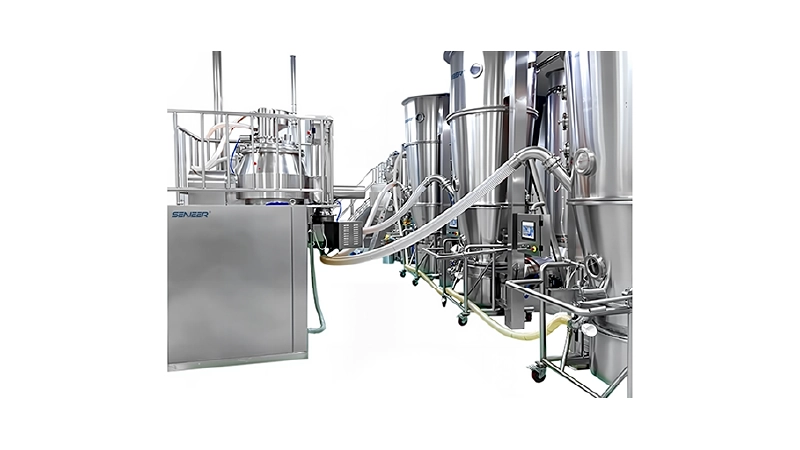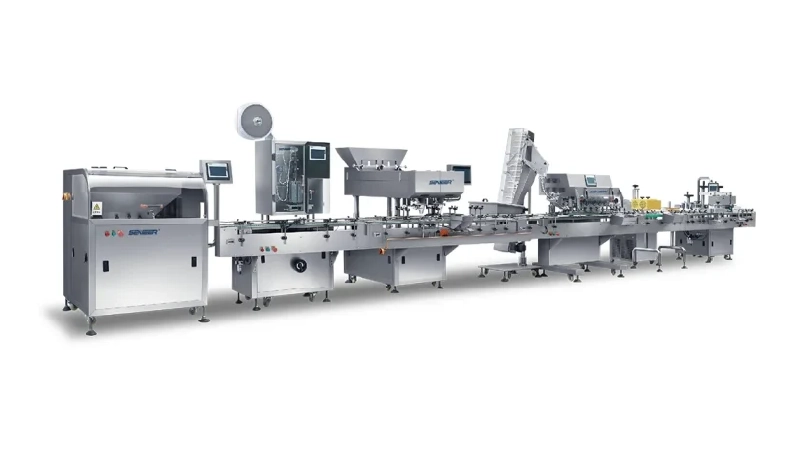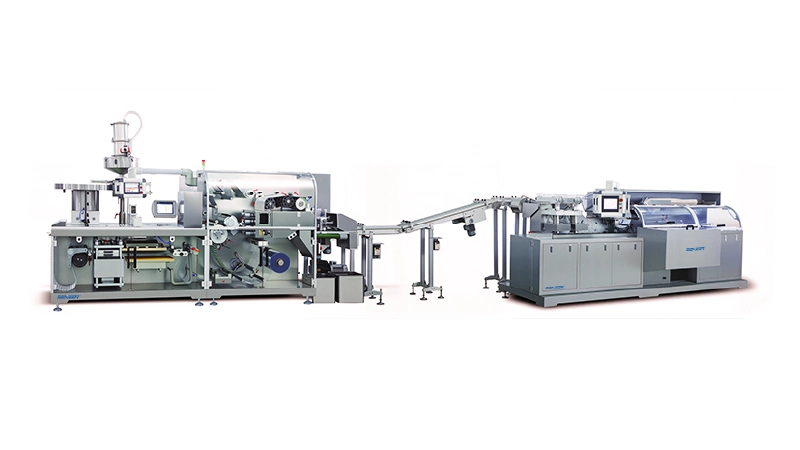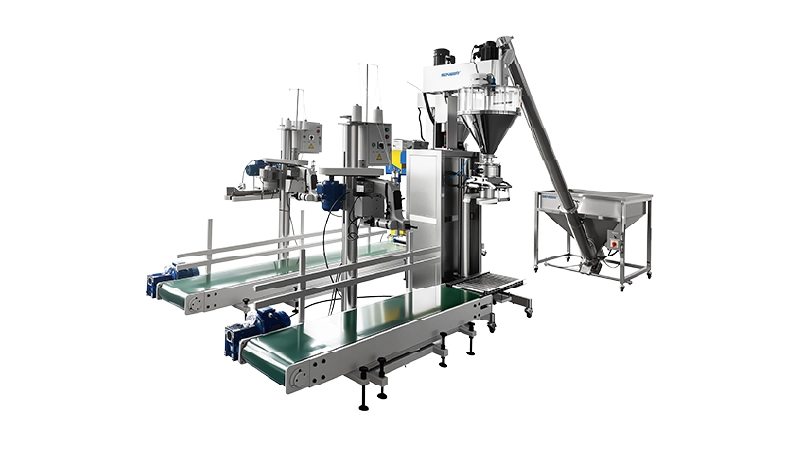Clean facilities are the basic conditions to ensure the product quality of pharmaceuticals, medical devices and packaging materials that directly contact medicines and the quality of pharmaceutical preparation in hospital preparation rooms, and to prevent product pollution from the production (preparation) environment. The production (preparation) area must meet the specified environment parameter standard. In order to ensure that the performance of the clean room (area) of the production enterprise and the preparation room can continue to meet the relevant requirements of the clean room, the new clean room should be subject to engineering acceptance, and the engineering acceptance should be divided into two stages: completion acceptance and comprehensive performance evaluation. The inspection and adjustment of completion acceptance should be carried out in the empty state or static state. The inspection state of the comprehensive performance evaluation shall be determined by the construction, design and construction units through consultation, and then be inspected by a qualified third party. The clean room put into use should also regularly carry out performance testing of the clean room (area). Due to the relationship of work, the author follows the “Good Manufacturing Practice for Pharmaceutical Production” (revised in 1998), “Code for Construction and Acceptance of Clean Room” (JG J71-90), “Code for Design of Clean Workshop” (GB50073-2001), “Direct According to the requirements of clean room (area) for the production of packaging materials and containers in contact with drugs” and “Standard Medical Device Production Management Specification” (Y Y0033-2000), SICOLAB is now testing some newly built and renovated clean rooms, and now analyzes and discusses some problems exist in the operation and system design of the clean room.
-
The design and construction of the clean room exceed the standard
(1) For an enterprise composed of multiple clean rooms with requirements of 10,000 to 300,000 grades, the design and construction parties shall uniformly follow the 10,000-grade requirements, so that the design and construction are much easier, and the system debugging becomes relatively easy.
(2) Improve the cleanliness level of the clean room. For example, according to the requirements of the “Good Manufacturing Practice for Pharmaceutical Production” (revised in 1998), the production workshop of oral solid preparations can reach the level of 300,000, but the production enterprise conducts design, construction and acceptance according to 100,000; the area of the clean room is too large and the room height is too high. Enterprises can reserve some rooms for future development, but usually do not open the air purification system.
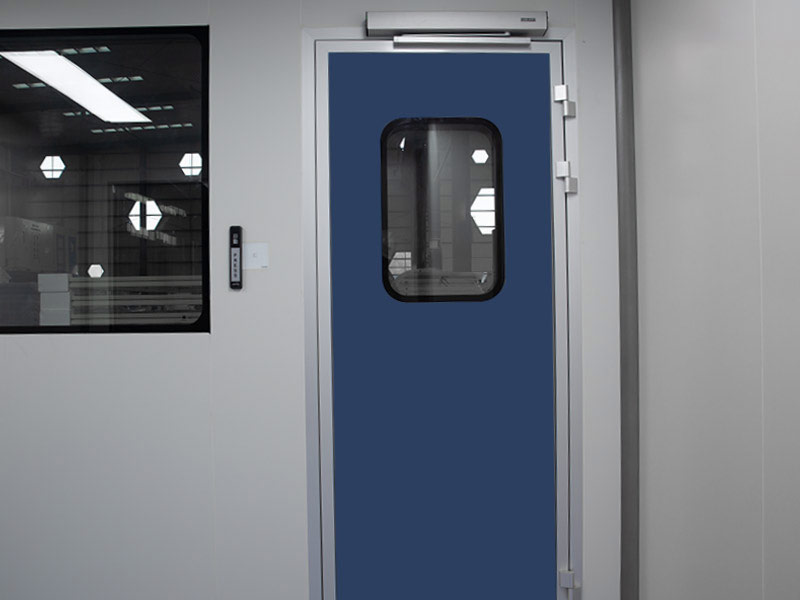
(3) Except for the clean room with special requirements for the process, such as extraction room, drying room, etc., the height of the clean room is generally 2.6 meters to 3.0 meters, but some companies do not know why the whole workshop is built 4.0 meters high. According to the different requirements for environmental cleanliness of different production processes, the higher is higher, the lower is lower, and the area of the part with high cleanliness level should be reduced as much as possible. The clean room system replaces the clean room system with high-grade purification of the whole room. It can not only ensure the requirements of different production processes on the production environment, but also greatly reduce the initial investment and operating costs.
-
The number of air changes in the clean room is unreasonable
The number of air changes, the pressure difference, and the number of suspended particles are the three most basic requirements of a clean room. Whether the clean room is the dilution effect in turbulent flow or the displacement effect in single-phase flow, it needs to be controlled and controlled by the amount of clean air. Various parameters of the clean room are realized, so the number of air changes in the clean room cannot be too low.
-
It is not advisable to use the method of sending and returning
Due to historical reasons, individual clean rooms still use the return air method of upper and last return. The biggest advantage of sending and returning is that the cost is low and money is saved, but it will at least have the following situations:
(1) At a certain height (such as the breathing belt), there are many large particles of 5 μm, which often meet the standard when measured by 0.5 μm, but fail to meet the standard when measured by 5 μm.
(2) If it is a local 100-level occasion, the wind speed in the working area is often very small, and it is difficult to meet the standard.
(3) The self-cleaning time is long, and the actual measurement shows that the self-cleaning time can be doubled. Although the upper and last return method may reach the design cleanliness level in some empty state measurements, it is very unfavorable to remove pollution in dynamic conditions and is not a recommended method.
-
There are problems in the local 100-level
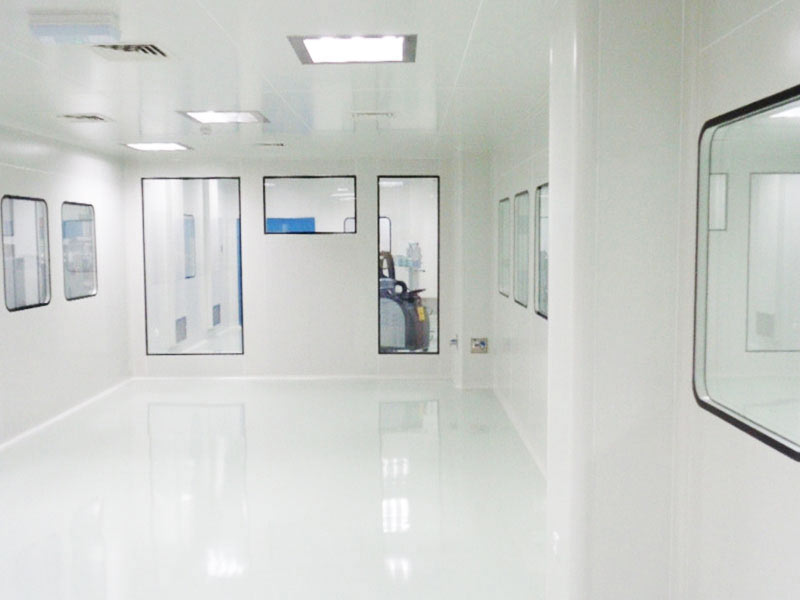
Some enterprises have no major problems in production quality before installing local 100 grades, but after installing local 100-level, some indicators of the product, such as clarity, decrease instead, and the rejection rate increases greatly. There are several reasons for this phenomenon:
(1) The quality of the high-efficiency filter is unqualified, and it has not been inspected one by one before leaving the factory, and there are loopholes.
(2) The installation quality of the high-efficiency filter is unqualified, that is, the high-efficiency filter is not pressed down or up by the screw on the rubber gasket on the frame, but is screwed on the self-tapping screw on the tuyere wall, which can only be blown looser.
(3) The airflow velocity of the single-phase flow is small, and it cannot be discharged immediately after pollution occurs.
(4) The design of local unidirectional flow and background non-unidirectional flow air outlet is unreasonable. The upstream air supply port is arranged on one side of the centralized air supply port, and the other side has only a single-sided return air port, which will cause greater interference to the bureau, especially the downwind side will be more affected.
(5) The production personnel do not fully implement the clean work system, and the pollutants they carry (such as contaminated clean clothes, no sterile caps, masks, etc.) are accelerated to the production line.
-
The arrangement of various facilities in the clean room
Insufficient consideration of the impact on airflow pattern and air cleanliness
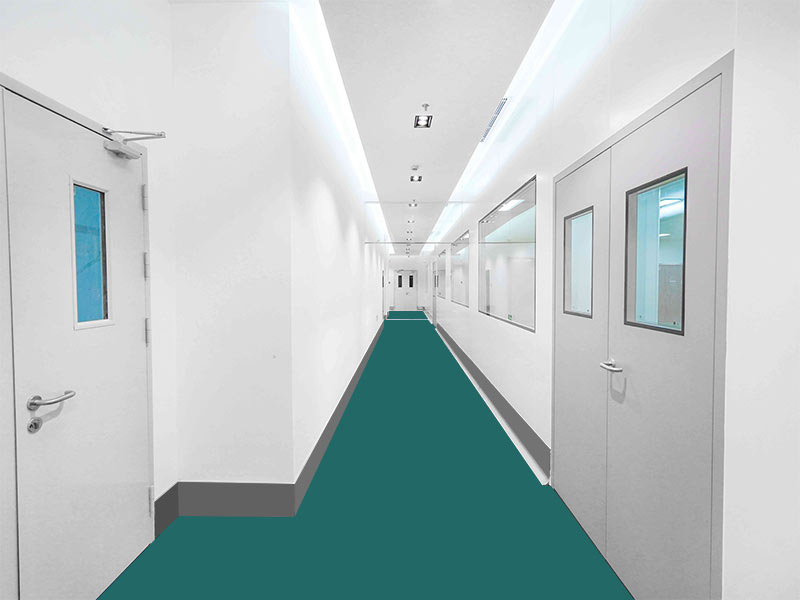
(1) The non-unidirectional flow clean room is only provided with one-sided return air, which increases the eddy current area of the non-unidirectional flow clean room and increases the chance of cross-contamination. For example, if the operator and the work area are located between the air supply port and the return air port, the impact is greater.
(2) The return air outlet of the non-unidirectional flow clean room is not far from the working area.
(3) The process equipment that needs to be exhausted is not arranged on the leeward side of the clean room; the residual pressure valve is not arranged on the leeward side of the clean airflow.
-
The number of air supply ports in the clean room is too small. The design of the clean room is due to the limitation of site conditions, or due to the excessive pressure of investment, the number of air supply ports is often inappropriately reduced. As a result, under the same number of air changes, the air outlet speed increases. It increases the inhomogeneity of the velocity field and increases or expands the vortex area.
-
Selection of filters
The selection of unreasonable filters should comply with the following points: the performance of the final filter should be reliable, the efficiency specification of the pre-filter should be reasonable, and the maintenance of the primary filter and the pre-filter should be convenient. In addition, high-efficiency filters must be inspected one by one. If possible, choose a filter with a large filter material area as much as possible. The filter area is large, the dust holding capacity is large, and the service life is long; the filter area is large, the speed of the air flow through the material is low, the resistance of the filter is small, and the maintenance cost as well as air conditioning system energy consumption can also be reduced.






